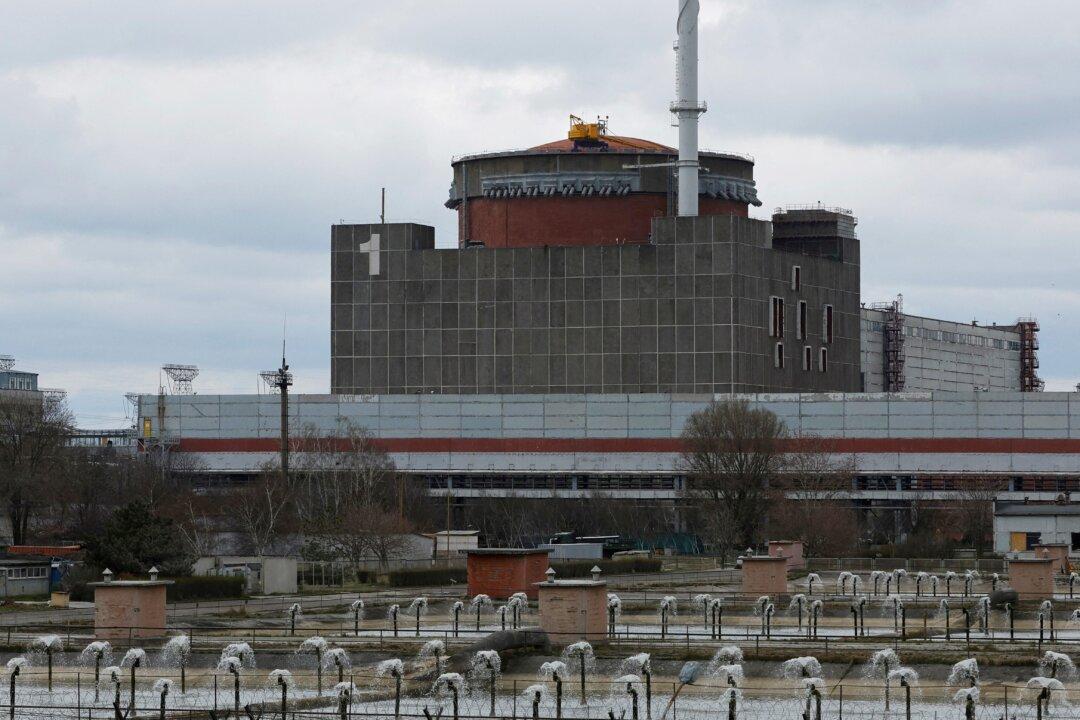China’s three-year “zero-COVID” approach has devastated the nation’s economy and fiscal revenue, and seriously diminished its tax base.
Looking at the scale of the impact of zero-COVID on China’s economy, Zhang Tao, an economist serving China Construction Bank’s financial markets department, admitted in an article published on a Chinese tech company’s website Sina.com on Dec. 9 that “... we also objectively recognize that the three-year epidemic has severely impacted micro-economic entities. The main body’s economic expectations have almost fallen to the bottom.”





